Roll For Insight: Mechanical Intensity
February 22, 2019 by ludicryan
It’s the last round of the game. I have just a few secret moves left before I reach my hideout and win the game. The other players have narrowed where that hideout is to five possible places and have encircled them. The tension around the table is palpable. The game has our nerves on a knife edge and I just saw one of my friends wipe sweat from their brow.
Cut to after the game and everybody is emotionally drained. People are slumped on sofas with thousand-yard stares. Letters From Whitechapel has emotionally drained everyone there: cutting short a night of board games as my poor friends cannot muster the energy for another round of something. It may have cut a game night short but it also created one of the most enjoyable, albeit intense, board game experiences we’ve had together.
Intensity isn’t a required emotion for board games but it might be a desired one for some players. The rulebook of Horrible Games’ title Alone clarifies what it is trying to achieve:
“Alone has been designed to simulate the typical feeling of tension usually felt while playing sci-fi survival video games. This game will put the player under pressure by design.”
It’s a really interesting feeling to pursue in your game especially given the draining effect it can have around the table. So it’s worth taking a look at the mechanics that can facilitate this. A really good comparison to show how tension can arise is between two titles from Fantasy Flight Games: Letters from Whitechapel and Whitehall Mystery.
Intensity can arise in a variety of ways on the tabletop. There can be wider social dynamics at play with historical grievances in Risk, personal investments in the outcome, or even playing a rival you’ve always wanted to beat. One of the best examples of a tense game is the 1972 world championship match between Bobby Fischer and Boris Spassky.
This was a match fraught with Cold War tensions as “a lone American genius challenges the Soviet chess machine and defeats it” (Kasparov, 2004 pg. 206). We can also look at the series of Go matches between Lee Sedol and the A.I program AlphaGo. As world champion and one of the greatest Go players on the planet, Sedol had the pressure of humanity on his shoulders remarking “I, Lee Sedol, lost, but mankind did not”.
This kind of pressure and intensity is difficult to achieve in a regular game of Carcassonne but there are mechanics which help facilitate intensity.around the tabletop. What I would like to focus on in particular are mechanical unknowns: elements which make the game uncertain.
Uncertainty is one of the most important aspects of keeping games enjoyable. Whether it’s rolling dice, drawing cards, secret bidding, secret movements, bluffing or social deduction: when players are unsure about who is going to win it creates a fickle ludic balance.
So what’s special about FFG’s Jack the Ripper games? Both games involve one person going up against several detectives, making secret moves that the detectives are trying to track across the board.
Though the premise is the same, Whitehall Mystery makes multiple small changes that alter the pacing and intensity of the game.
Its design retains a certain level of tension but it drops elements that Whitechapel used to elevate that tension beyond what some might be familiar with around the tabletop.
Jack The Ripper
Letters from Whitechapel is a board game for two to six players based on the Jack the Ripper murders of the 1880s. One person plays as the Jack character and the rest of the players will oppose them as the detectives. The game is played on a map of Whitechapel, where Jack will choose victims on the numbered circles, they must then return to their hideout which they designated at the start of the game in secret.
The follow-up Whitehall Mystery, on the other hand, is a board game for 2 to 4 players based on another murder at the time of Jack the Ripper. Similarly, one person will play as the ‘Jack’ character and the rest are detectives trying to catch them. The Jack must deliver the body parts of one victim throughout the map without being caught by the detectives.
Both games operate on a similar premise and their core mechanics do overlap. In each game, Jack’s move is recorded in secret on timeline sheets. In each round, Jack has fifteen moves to achieve his objective for that round. Each move builds a timeline of movements for that round.
Jack moves between the numbered circles whilst the detectives move between the black squares. Jack moves one circle at a time whilst each detective has the choice of moving zero, one or two squares.
In each game, the detectives have tools to help bring down the Jack: they can look for clues, or they can make an arrest. Detectives look for a clue by calling out a numbered circle adjacent to the square they are on. If during any point in the timeline for that round, Jack has moved on that circle, the detectives can place a clue token on it.
This can build a series of breadcrumbs for the detectives so that they can anticipate Jack’s next move. If the detectives are certain of Jack’s location they can make an arrest on an adjacent numbered circle. If the Jack is on that circle at the present moment in the timeline, he is arrested and the detectives win.
These core mechanics set up a framework of cat and mouse and the secret movements create an air of tension and suspicion across the table towards the Jack player.
Design Changes
The mechanics in both titles create a consistent atmosphere, but Whitehall Mystery diverges in its mechanics to alter the pace and flow of this atmosphere.
Looking at objectives first, in Whitechapel, the game is split into four rounds or nights. On each night the Jack must choose a target to be eliminated and then reach their predefined hideout within a number of moves. Each target will be in a different part of the city and so the Jack must find a different route back to their hideout each night.
This is altered in Whitehall where there is little distinction between rounds, and the objective is to place one body part in each of the four quadrants in the map. The positions the Jack moves to in each quadrant are predefined by them before the game starts but it will invariably require more reactive spatial planning in light of moves made by the detectives.
The result of the objective in Whitechapel is to elevate the tension each round: detectives tend to narrow down the location of Jack’s hideout each round and so the net grows tighter and the Jack has to figure out how to penetrate and evade patrols en route to their hideout. As the game goes into the later rounds, the Jack is closer to winning, but the detectives will have a better understanding of where their hideout is.
Whitehall in contrast structures a softer reset between rounds: instead of the detectives tightening the net towards one spot, there are three possible areas for the Jack to travel to. After one of the destinations has been reached, that quadrant is no longer viable for the Jack to deposit a body part in.
The detectives can then focus on the other quadrants that are left. The destination within each quadrant still remains a mystery for the detectives and so there is more reliance on picking up the trail of the Jack through looking for clues than picking a spot where you think the hideout might be and casing the joint. Whitehall remains a chase the entire way through instead of a defence of the net in Whitechapel. This maintains a consistent pace and flow as it is focused on one unifying strategy of catching the Jack as they are travelling.
The next point concerns the pre-round mechanics on bluffing that exist in Whitechapel but are completely absent in Whitehall. Before each round in Whitechapel, there are a set of mechanics where both the Jack and the detectives try to bluff about their positions with the detectives trying to get closer to Jack’s position and Jack attempting to create more space around them. The Jack will first place possible targets on the board, with some being fake others being real. The detectives will then do likewise by placing possible police patrols. Each side is trying to bluff the other as to their intended positions when the hunt begins.
Following this, Jack will reveal the real targets and can then stall the murder of one by revealing which police patrols are real. This gives Jack more time to move back to their hideout but it is then balanced that the detectives can move closer to the targets. This pre-round set of mechanics serves to build tension before the hunt even begins. It allows the Jack to stall for time, but also for the detectives to move closer to the targets and thus establish a trail sooner. This aspect is entirely missing from Whitehall which lessens the suspense and contributes to each round having a softer reset in comparison to Whitechapel.
Letters from Whitechapel is a large and lengthy game. The weight of subterfuge on the Jack can be exhausting given the pre-round bluffing, the constantly tightening net on to their hideout and the concentration of the other players on their actions. Everything in Whitechapel is designed to constantly elevate the tension in the game. Whitehall Mystery on the other hand either subtly alters or removes the mechanics of its forbearer.
By keeping players constantly in the hunt phase of the game, there is no build-up of tension because of any pre-round bluffing. The smaller map is specifically designed to account for the changing of objectives and the renewed focus on the hunt phase. Whitechapel is characterised by peaks of tension in each round, followed by a lengthy reset and bluffing phase. Whitehall flows better by removing these elements that break the pace of the game. Whitehall Mystery refines an entire game system by subtraction and the redirection of objectives.
As we can see in these examples, mechanical intensity has been created by bluffing in one game and then removed in another to keep the pace lighter. The tension in Whitehall Mystery remains, but it only elevates incrementally between rounds.
As mentioned earlier these are not the only ways that mechanics can be used to create intensity in games. We all have those grand strategy examples of things being perched on a knife edge, but smaller games can also contain vast multitudes of intensity!
Tell us the stories of your most intense game experiences down below!
"Cut to after the game and everybody is emotionally drained. People are slumped on sofas with thousand-yard stares"
Supported by (Turn Off)
Supported by (Turn Off)
Supported by (Turn Off)











































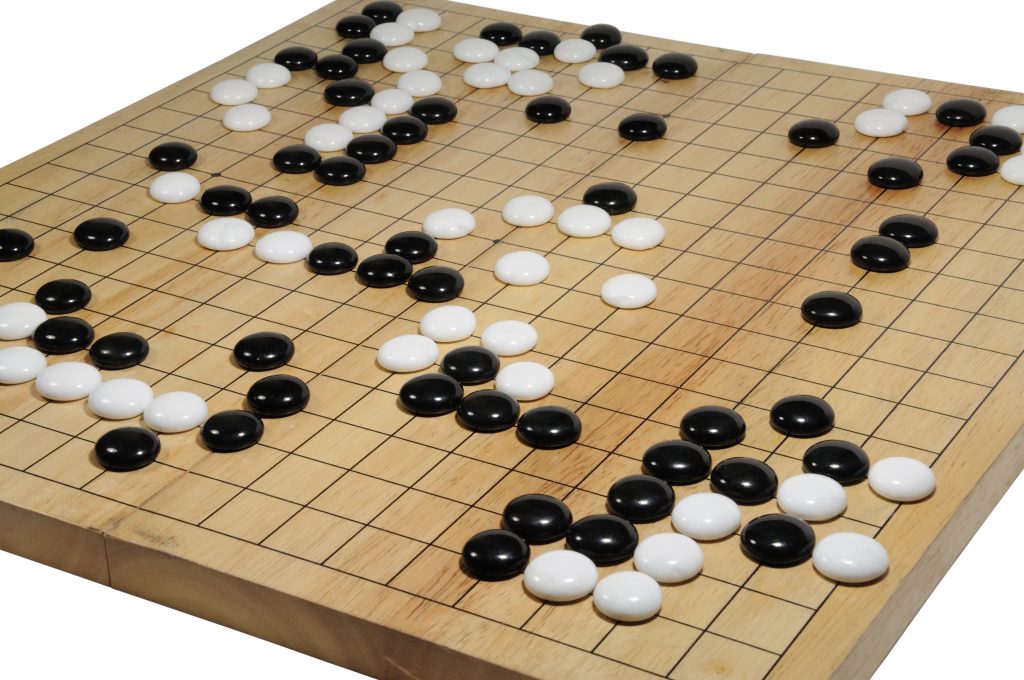

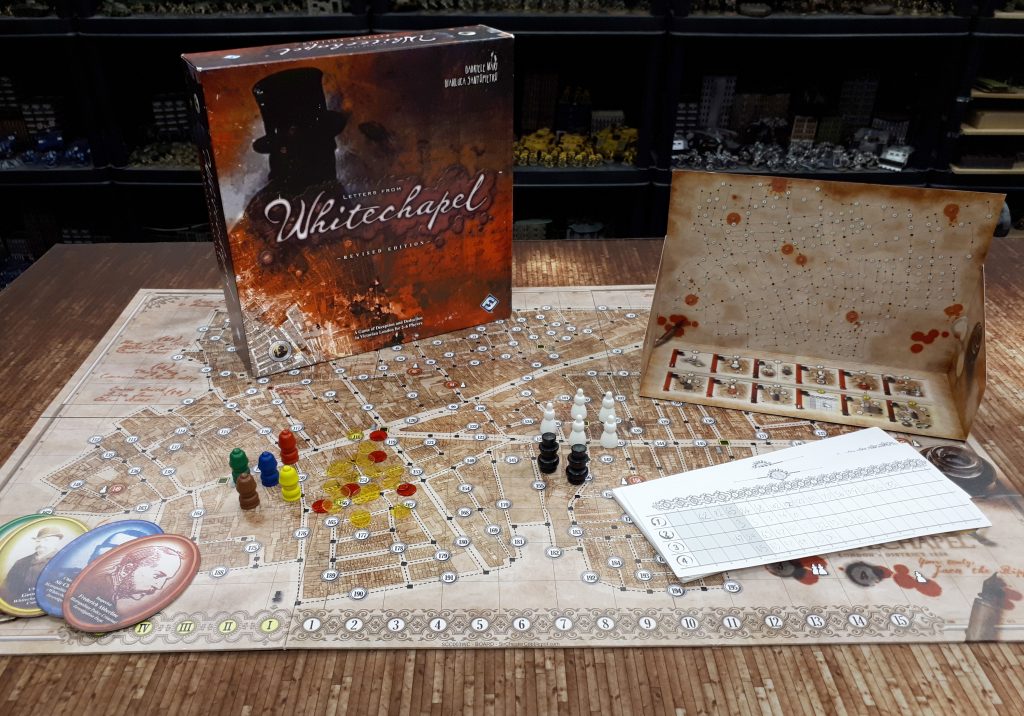
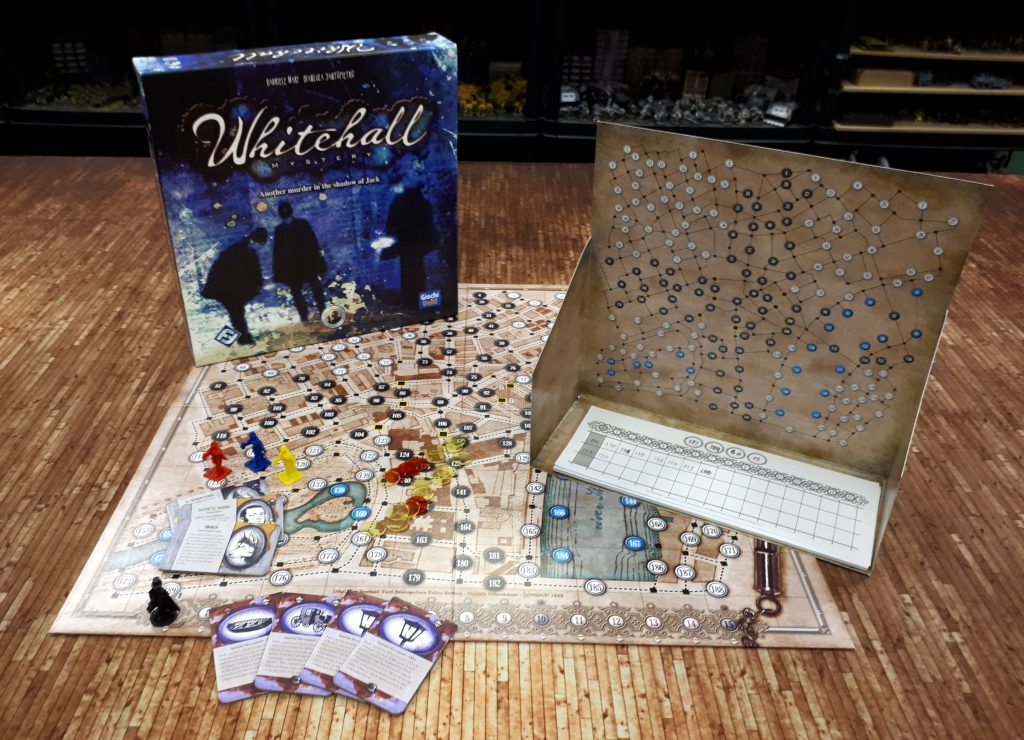
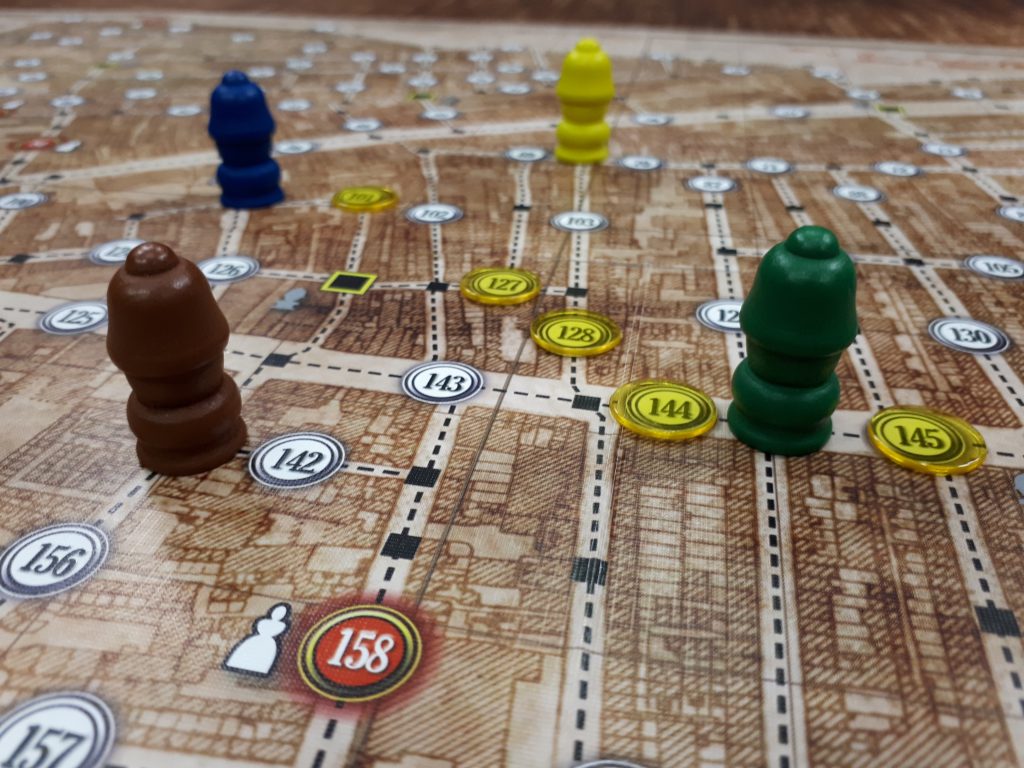
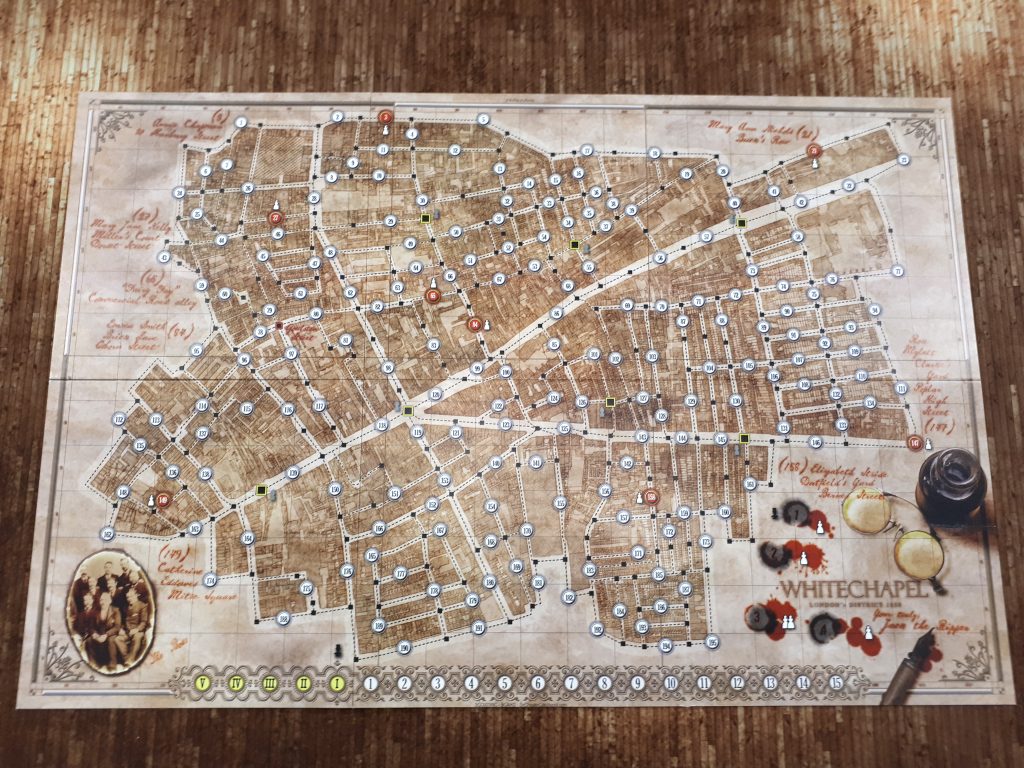
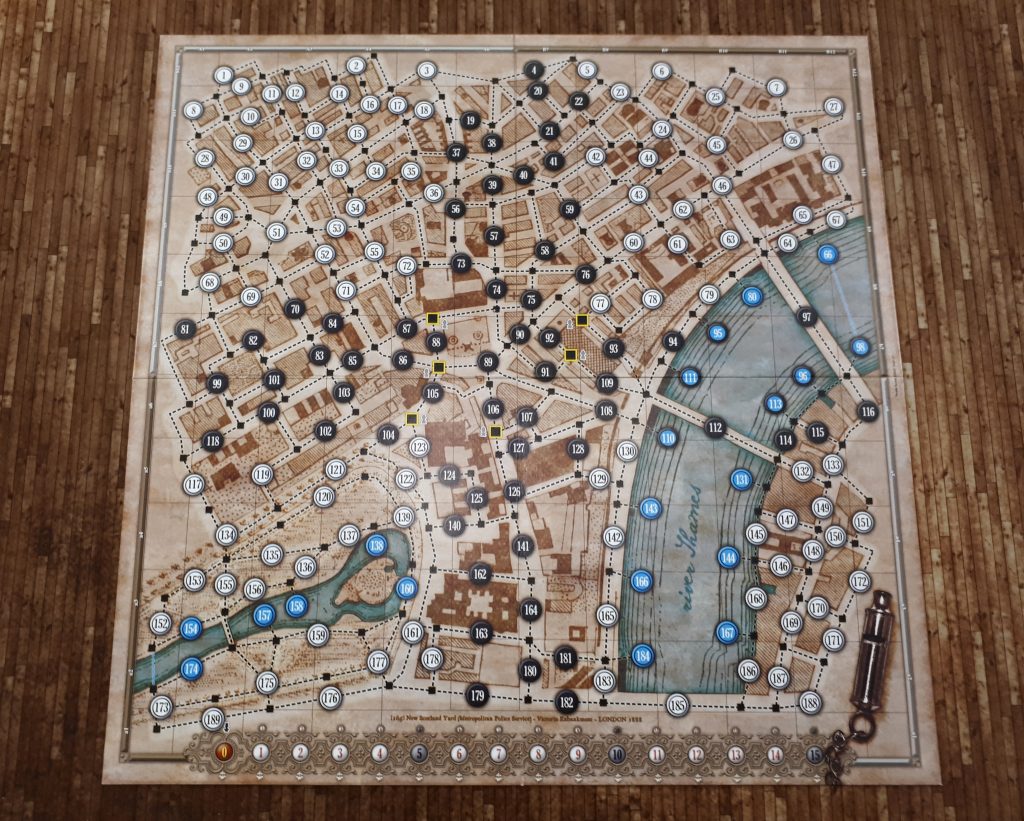
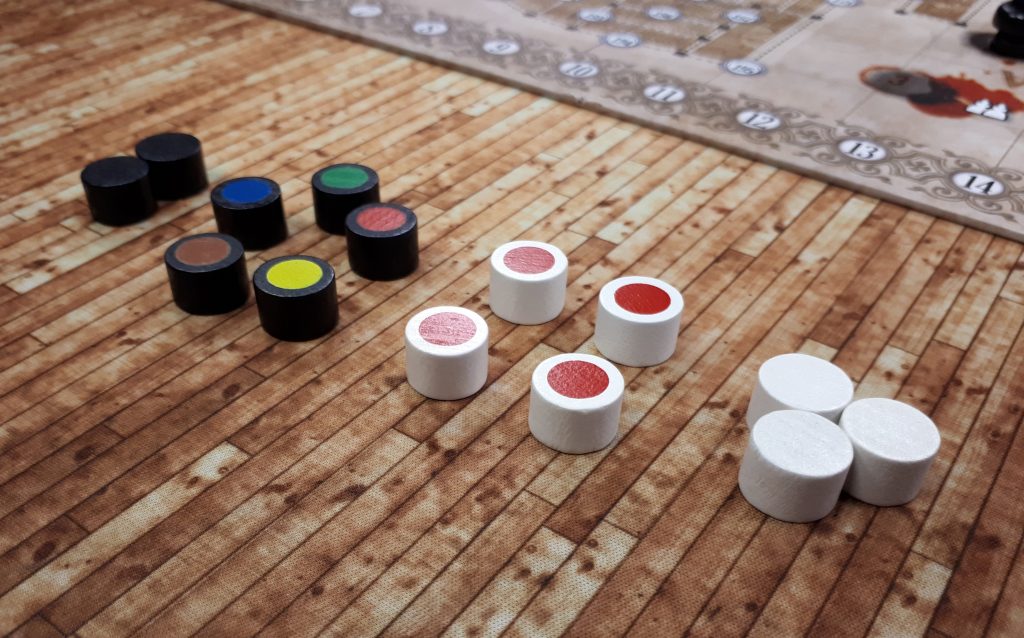



































alone is more the game that gets my attention with the survival side by solving problems.
Both games look interesting and the feelings invoked by the mechanics are rare in gaming. Takes me back to playing games of Scotland Yard with the young ‘uns.
My wife and I have always had a shared fascination with the unsolved ‘Jack the Ripper’ case.
I think I might just pick up one of these. But which one?
Left to my own devices, I think I’d probably go for the ‘Letters from Whitechapel’ box.
Thanks for bringing these to our attention @ludicryan
Well, I just had a look at my favorite Online Game Supplier, (I don’t have an FLGS within 70 miles), and saw that ‘Letters from Whitechapel’ has an expansion called, ‘LETTERS FROM WHITECHAPEL: DEAR BOSS EXPANSION’.
So I’m doubly sure that I’ll get the ‘Letters from Whitechapel’ first and if we like the game as much as I think we will then we’ll follow up with the expansion ‘DEAR BOSS’.
I’ve only played Letters from Whitechapel, but I absolutely loved it. I think no matter which one you choose, you’re in for an intense, murder-mystery themed gaming experience!
Thanks, I’m looking forward playing this when it arrives in the post. @Cass
I would suggest Whitechapel Mystery if I could throw my two pence in. It’s a much tighter experience compared to Letters.
Both are good buy I think Mystery throws a better puzzle at both players.
Well dang. I guess I’ll have another look at that one as well. @brennon.
Thanks for the input.
I don’t think you can go wrong with either Whitechapel or Whitehall. I agree with Ben though that Whitehall is a much tighter experience. Whitechapel is an intense mess, but an enjoyable one if you like that!